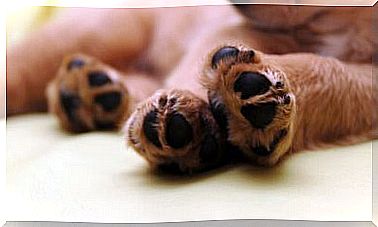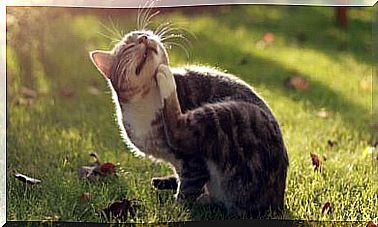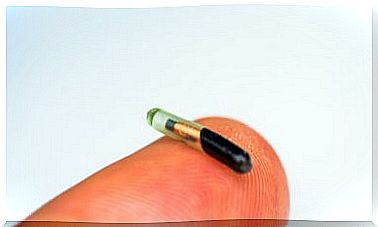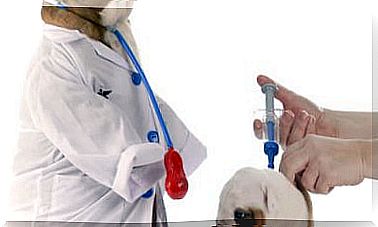10 Cold-blooded Animals
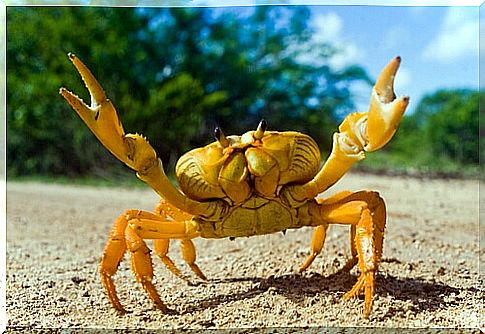
Unlike mammals, cold-blooded animals need the sun and other sources of heat to maintain the proper temperature. Also known as heterotherms or poikilotherms, they cannot regulate body degrees and depend on the environment to survive. Learn more about them in the following article.
How do cold-blooded animals live?
These species of the animal kingdom do not have warm blood, but they can withstand large variations in temperature without dying of hypothermia, as happens with mammals. In the event that the body temperature is low, the physiological activities decrease (such as the heartbeat).
In this way, energy demands are lowered and they can survive longer, even in the most bloody winters. The source of heat comes from the environment, that is, they need the sun for their organs to function properly. If they spend a lot of time in front of a heat source, they have a system of “convection” or “conduction” to regulate the temperature.
Some cold-blooded animals spend all day sunbathing. When the temperature drops and they become clumsier, they become easier prey for their predators.
What cold-blooded animals are there?
Among those species that control body temperature through external means we find:
1. Lizard
They come in different colors and sizes, although they are usually small. They commonly live in Argentina, Ecuador, Bolivia, Chile (the country that harbors the most species), Spain, Peru, Italy, and Venezuela. They belong to the families of the Gekkonidae, Teiidae, Lacertidae, Tropiduridae and Gymnophthalmidae.
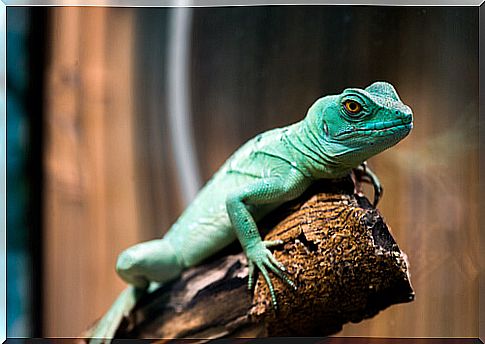
2. Lizard
It is the “father” of the lizard due to its size, but not because they reproduce with each other. Lizards belong to the suborder of reptiles. They have four legs, movable eyelids and can reach 3 meters (the Komodo Dragon). They are brightly colored and have the ability to detach their tail if captured by a predator.
3. Viper
It is famous for its venom, one of the most powerful in the world, and for having a pair of long fangs, which retract against the palate when the mouth is closed. By opening the jaw they “put themselves in a lethal position” in order to inject the venom into the prey. Most of the vipers are native to Africa.
4. Chameleon
It is a scaly reptile whose main ability is to change color depending on the circumstance or where they are. They have a very fast and elongated tongue that captures insects with a sticky saliva. Also, you can move your eyes independently.
5. Iguana
A diurnal reptile that lives mostly in the United States, Mexico, the Caribbean, and South America. There are also species in Fiji and Madagascar. They feed on vegetables and small invertebrates.
6. Crab
They have five pairs of legs and also include the largest crustaceans, such as shrimp, lobsters and prawns. They swim in the depths of the seas and breed on the shores. Sheds the exoskeleton as it grows.
7. Crocodile
It is one of the oldest animals still in existence (believed to have lived 80 million years ago), and it is the largest reptile in the world. They have short legs, a robust body, an elongated snout, and a tail that can be the same size as the torso. They are faster in water than on land. The scales act like “solar panels”.
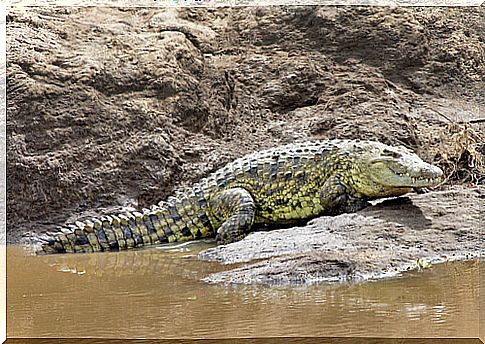
8. Ant
Another of the cold-blooded animals that have been evolving for millions of years. They live in colonies of thousands of individuals and are highly organized. The sterile females are the workers, and only one is the fertile one called “queen”, which reproduces thanks to a handful of males.
9. Toad
Both toads and frogs are cold-blooded and belong to the amphibian group. In total there are more than 6000 different species. Frogs have smooth, moist skin, are good jumpers, and can be aquatic and climbing. Toads have dry and rough skin, are robust, less agile and tend to live in moist soils after digging galleries.
10. Shark
In most cases they are cold-blooded animals. They live in warm and temperate waters in all oceans and have evolved since the Miocene. They are robust animals, with a large bow-shaped mouth and a jaw 300 times stronger than the human one.
